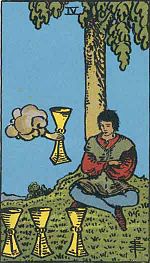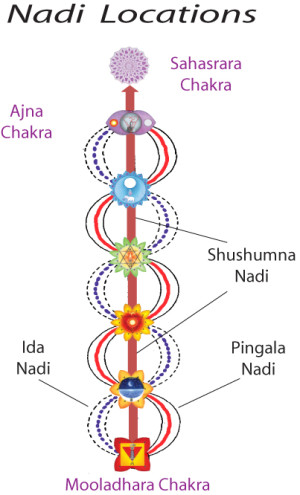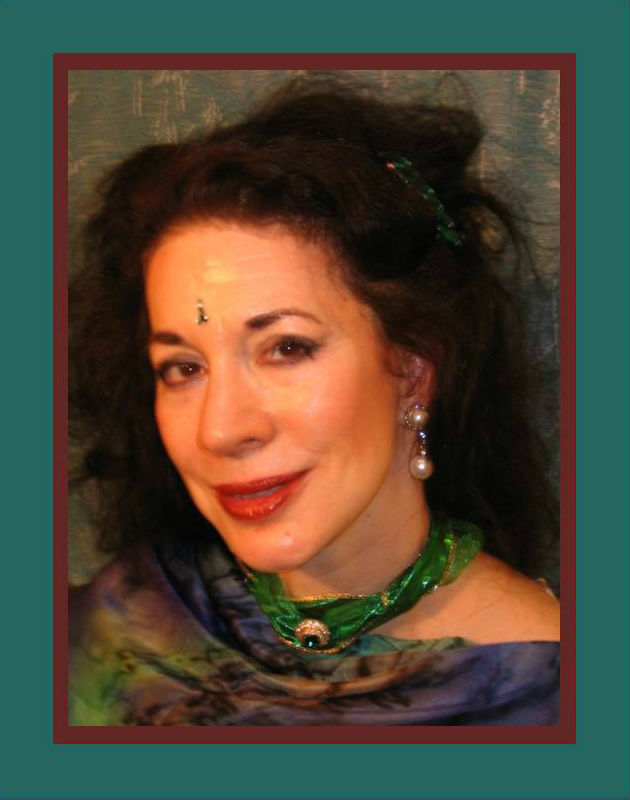Curriculum Overview for the Alay’nya Studio – Studying by the Season (Part I)
Recently, I was counseling one of my young dancers. It was like talking to myself, when I was her age. Exactly the same issues.
Around the same time, I’ve been hearing from one of my other proteges, a brilliant young woman who is more than half-ways towards getting her doctorate in a particularly challenging field. Again, the same issues that I had when I was her age.
These two young woman – both intelligent, goal-oriented, and motivated – are struggling with a set of challenges that many of us face. Each of us may recognize ourselves in the feelings that they’ve shared. Many of us, all too often, feel fatigued and overwhelmed by our workloads.
What Do Women Need? And What Do Women Want?

We need more than a way to extricate ourselves from too many tasks and responsibilities.
What we really want is a way to release ourselves from our own expectations.
We often feel discouraged when we recognize that we’ve created our own “prison” of demands and expectations.
Alay’nya’s Story
I certainly felt this way, almost three decades ago, when I first discovered Oriental dance.
Prior to that time, I’d been – as many of us are – largely male-identified. That means, I’d defined my self-worth in terms of my ability to succeed in exactly the same areas, and with exactly the same set of criteria and expectations, that men used to vie for their power-and-success games.
Side Note: Do you want my full story? It’s in the Introduction to Unveiling: The Inner Journey, and you can read it using Amazon’s “Look Inside” feature for Unveiling!
My Story Is Your Story Is the Story of All Women Today
In a sense, my dear sisters, we’ve set ourselves up for this.
This situation – one which confronts many women, worldwide – is a result of over two hundred years of work, by several generations of women, to gain “equal footing” with men.
We have, most fortunately, been successful.
This success, however, has come with a price.
Now that we can have equal opportunities with men – whether to get an education, hold jobs and advance in our careers, own property, run for office, or (most recently) fight along with men on the battlefield – we now expect that we should do this – and do this competitively with men, while at the same time maintaining all of our traditional “feminine” roles.
Exhaustion? Burnout? Fatigue? No wonder!
The challenge, dear sister, is not the opportunities or even the expectations.
The challenge lies within our dominant reference frame.
That means, the challenge is not so much with the work or the tasks themselves, but in how we evaluate ourselves, and how we create a mindset of what we should be doing, and how we should be focusing our minds, attention, and energy.
If we use a masculine-oriented reference frame, then we’re setting ourselves up for a no-win situation, simply because we’re not men. That means, no matter much we succeed at doing what men typically do, we’re not acknowledging that what we really need – for our personal growth and satisfaction – is something a bit different.
So what do we need? And what do we want?
The Simple Answer
For many of us, the answer is: is a body/mind/psyche/energy integration pathway. In fact, we need an integration pathway specifically designed for women.
At this point you, my dear reader, might nod and say, “Sounds good. But what exactly is a body/mind/psyche/energy integration pathway?”
Good question. And a particularly appropriate one if you’re seeking to reclaim what would once have been your heritage-by-rights.

In short, a body/mind/psyche/energy integration pathway is a lifeline. It’s something that touches (and yes, integrates) all aspects of your life.
What Makes a Pathway Work for Us?

Whatever we select as a body/mind/psyche/energy integration pathway has to be something that – more than anything else – helps us connect. It has to help us connect our feelings (psyche) with our bodies. It has to help us connect our internal energy work (ch’i circulation) with our minds.
Most of all, this integration pathway has to give us a powerful reference frame for understanding our lives, for making decisions, and for evaluating our priorities. (And we keep in mind that our “priorities” can range from large to small: Should we pursue and advanced degree or not? Should we go out and play with our girlfriends or stay home, organize paperwork, and pay bills?)
An integration pathway gives us a reference frame for understanding and consciously directing our lives.
This integration pathway has to be practical. It has to give us “stuff to do” – on a nearly everyday basis – or we’ll forget and wander off. At the same time, it has to help us with the “big picture.”
That’s why, in the Alay’nya Studio, we have a “course of study” that involves all aspects of who we are. We have the physical practice, and we connect that to emotional release work. We have energy cultivation and circulation exercises, and we connect that with releasing thoughts that our mind has used to keep us “stuck” in various ways.
In order to give ourselves some structure, we have a “course of study.” Our program derives from the Kabbalah, or the Tree of Life – the oldest known guide for human spiritual growth and understanding.
What we do with our bodies connects with our emotions, our thoughts, and our energy patterns. And so on.
“See Spot Run” – A Simple Approach to Our Course of Study

When we were children and first learning how to read, we didn’t start by picking up the Encyclopedia Britannica, or by embarking on Tolstoy’s War and Peace.
Picture from an early Dick and Jane primer
Rather, our first books showed us a happy dog, with the phrase “See Spot run.”
Using a “primer book” when we were children didn’t mean that we were dummies. It just meant that we were learning something new, and we needed all the help that we could get. Pictures helped.
Right now, starting our body/mind/psyche/energy integration pathway, we’re again going to use pictures. Our “picture book” comes from the Tarot. There are two portions of the Tarot; the Major Arcana (22 cards) and the Minor Arcana (40 numbered cards and 16 face cards). We’re not concerning ourselves here with fortune-telling or divination. Rather, we’re looking at the Major and Minor Arcana as a picture-guide for our study. For us, the cards function much like a Powerpoint (TM) deck.
We use the Minor Arcana as a picture-guide for our study; somewhat like a Powerpoint (TM) syllabus overview.
The Minor Arcana: Forty “Study Topics” During the Year
For our day-to-day (and weekly class) studies, we use the Minor Arcana. These cards give us a step-by-step approach to practical spiritual and psychological mastery. They also indicate energy practices, which we include in our dance training.
Side Note: The Major Arcana deal with our “big life issues.” We study these also during the course of the year. In particular, we study the first six Major Arcana, which correspond to Psychological Types, as identified by Carl Jung. (There are two other Psychological Types not included in the Major Arcana, these are the “battery reserve” archetypes. For details, read Unveiling, Chapters 7 & 11, and consult ongoing topics in the Unveiling blog.)

We divide our study into “quarters,” much like a college does that works on a “quarter system.”
We work with the esoteric traditional of assigning each quarter (Winter, Spring, etc.) to one of the “four elements.”
Many of us know that the 22 Major Arcana cards relate not only to the letters of the Hebrew alphabet, but also to the 22 defined “pathways” in the Kabbalistic Tree of Life. The cards in the Minor Arcana also relate to the Tree of Life. There are ten Sephiroth (centers) in the Tree of Life, and there are four “worlds.”
The four suites in the Minor Arcana relate to the four “worlds” in the Kabbalah.
Each “element” has a set of qualities associated with it, and a particular focus of attention. Our curriculum will include intellectual study, spiritual disciplines, emotional release work, energy cultivation exercises, and (of course) dance movements and techniques and choreographies:
- Winter: Season of Earth (pentacles, the physical body, a “feminine” season),
- Spring:Season of Air (swords, the mind, a “masculine” season),
- Summer: Season of Fire (rods, the spirit, a “masculine” season), and
- Autumn: Season of Water (cups, the emotional realm, a “feminine” season).















